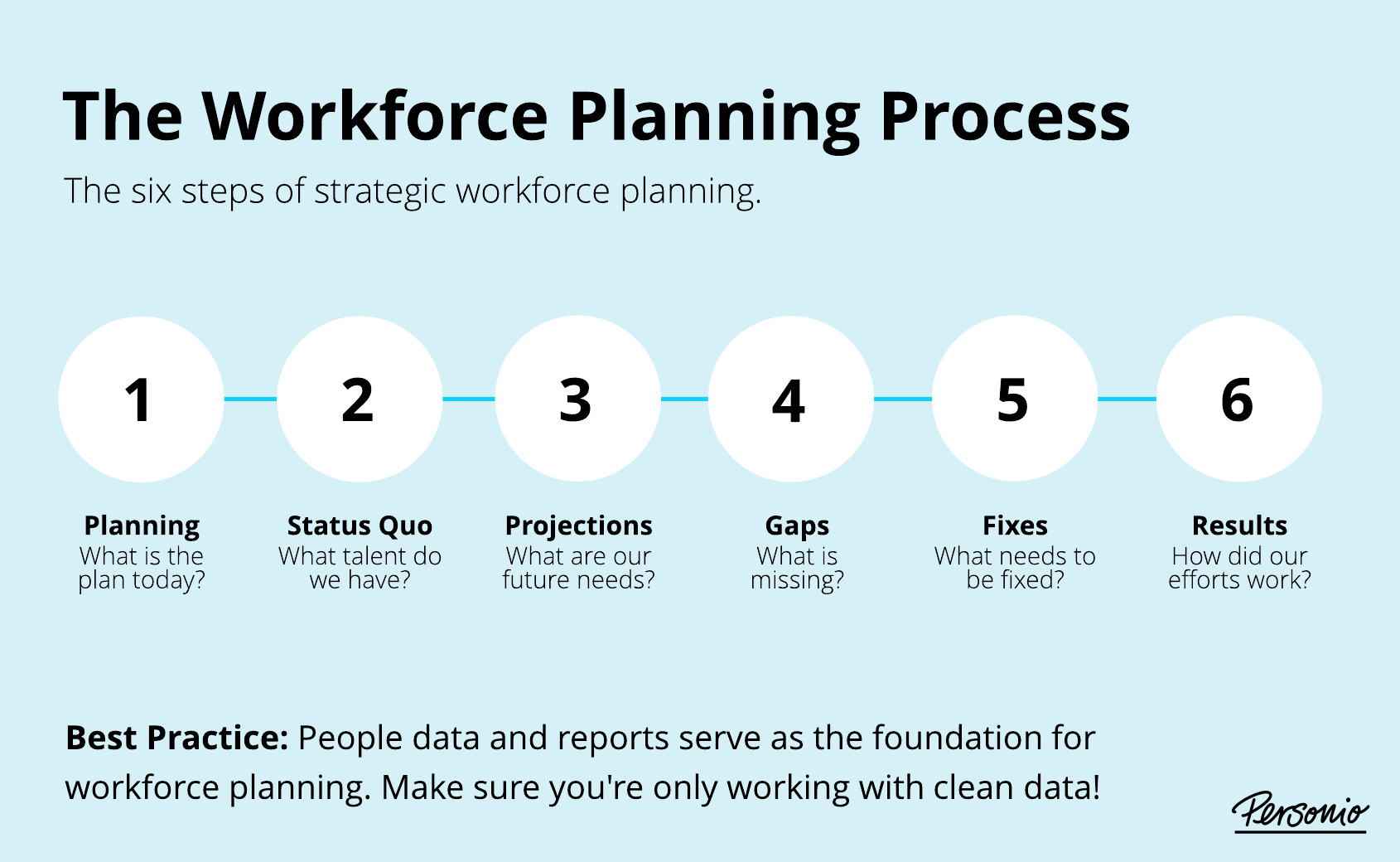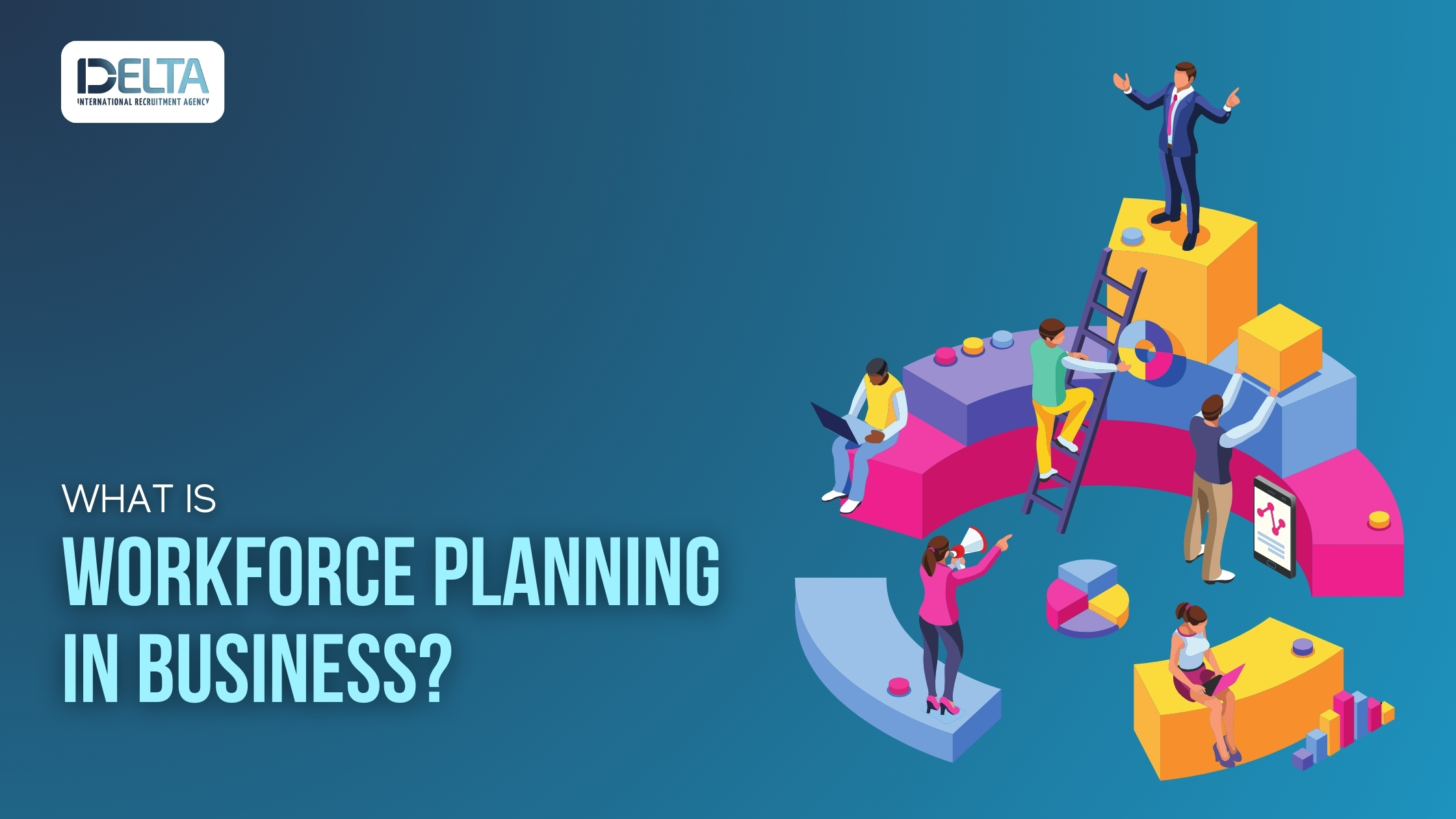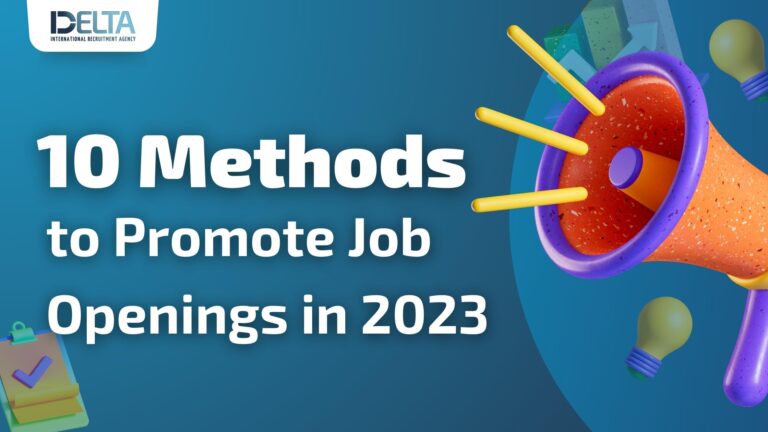Workforce planning is a strategic approach that ensures an organization has the right number of people with the right skills in the right places at the right times. This process aligns the workforce recuitment planing with the company's goals, allowing businesses to anticipate and meet future staffing needs efficiently.
Why is Workforce Planning Important?
- Aligns Workforce with Business Goals: Effective workforce planning helps to ensure that the company’s staffing needs are in sync with its strategic objectives. This alignment supports long-term business success by making sure that the right talent is available to meet the organization’s needs as they evolve.
- Identifies Skills Gaps: By assessing current workforce capabilities, businesses can identify where there are shortfalls in skills or staffing levels. This information is crucial for developing strategies to address these gaps, such as training existing employees or recruiting new talent.
- Improves Employee Retention: Understanding the needs and aspirations of employees helps in creating better retention strategies. When employees see clear career paths and development opportunities within the organization, they are more likely to stay, reducing turnover costs and preserving institutional knowledge.
- Increases Organizational Flexibility: Workforce planning makes a business more agile by allowing it to anticipate changes and adapt quickly. Whether it's responding to market shifts or internal changes, a well-planned workforce can pivot more effectively, ensuring continuous operation without disruptions.

Image Source: www.personio.com
Steps in Workforce Planning
- Analyze Current Workforce: The first step is to evaluate the current workforce's size, skills, and distribution. This involves understanding the strengths and weaknesses of the existing team and identifying any immediate gaps or surpluses.
- Forecast Future Needs: Based on the company’s strategic goals, predict the future staffing requirements. This includes not only the number of employees needed but also the specific skills and roles that will be essential as the business grows or changes direction.
- Conduct a Gap Analysis: Compare the current workforce with the future needs to identify gaps in skills, roles, or headcount. This analysis helps in pinpointing where the company needs to focus its hiring, training, or restructuring efforts.
- Develop Strategies: Create actionable plans to address the identified gaps. This could involve recruiting new employees, developing current employees through training and mentorship programs, or restructuring existing teams to better meet future demands.
- Implement and Monitor: Put the strategies into action and continuously monitor their effectiveness. Adjust plans as necessary based on performance metrics and changing business needs. Regular reviews ensure that the workforce planning process remains dynamic and responsive.
Benefits of Workforce Planning
- Cost Efficiency: By aligning staffing levels with business needs, companies can avoid overstaffing or understaffing, both of which can be costly. Efficient workforce planning helps in optimizing labor costs while maintaining productivity.
- Enhanced Productivity: Ensuring that the right people are in the right roles at the right times boosts overall productivity. Employees who are well-suited to their jobs and adequately trained are more efficient and effective.
- Better Employee Engagement: When employees are engaged in a structured workforce planning process, they feel more valued and understood. This leads to higher job satisfaction and better performance.
Conclusion
Workforce planning is a crucial process for any business aiming for long-term success. By strategically aligning the workforce with the company’s goals, identifying and addressing skills gaps, and fostering employee development and retention, businesses can ensure they have the talent needed to thrive in a competitive market. Effective workforce planning not only supports current operations but also prepares the organization for future challenges and opportunities.
Tips for Employers: Recruitment Industry




